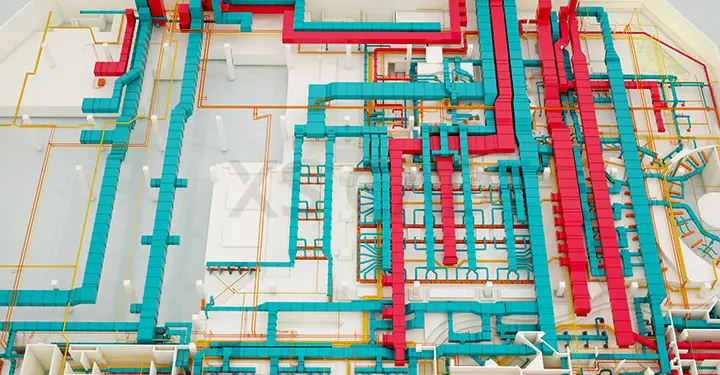Our Articles

New Ways to Incorporate Sustainability in MEP Design
Doing the right thing is becoming increasingly popular in construction. Thus, sustainability is not just a hot topic or concept, it is now a concept that can be and must be implemented as much as possible. Eco-friendly MEP (M&E) systems can benefit not just the environment, but the pocket as well. While admirable, planning a sustainable building with green MEP design services can pose several challenges.
Design technology has advanced in leaps and bounds, thus making sustainability in MEP systems both a realistic and profitable consideration.
What drives MEP system sustainability in our current context?
Well, studies have shown that electricity accounts for 40 percent of all energy consumption in building projects. It is now possible for MEP designers, using leading engineering technologies, to control the energy efficiency of a building and help reduce this variable from the overall equation, improving building sustainability. Here are some of the modern methods that can help do this:
Enter BIM (Building Information Modelling) technology – not so new in the market, but still capable of springing new benefits on us. Using BIM technology helps create construction content in the form of 3D models that are accurate, current and able to serve green initiatives.
Fierce competition and the widespread adoption of BIM technology for building design makes it ever-more vital to look for value-added services. Developing design that comprehensively considers sustainability is one sure way to add value to services.
As power consumption constitutes one of the largest expenses for almost all building owners, sustainable practices offer benefits to both the environment and clients’ wallets. Both owners and facility managers can use BIM models to help test new green initiatives. In a fully operational MEP system, BIM technology can be used by maintenance staff to find strategic improvements for improved sustainability.
With the correct knowhow and experience to incorporate BIM technologies, designers and MEP engineers can contribute to the reduction of a building’s carbon footprint.
How BIM Figures in Sustainable Design
Using BIM models in green design ensures that:
Ultimately, MEP designers, engineers and contractors can use BIM technology to make sustainability, or green building, a value-added asset. Using the right sensors and analytics engine, information on the environment can be collected automatically and represented in 3D models, helping owners and other stakeholders identify where the highest kilowatt consumption is coming from and promote maintenance and future improvements on MEP systems.
With the right HVAC mechanical engineering consultants providing high-quality HVAC design services, sustainable MEP design need no longer be the challenge it used to be while delivering value-added MEP engineering design.
XS CAD has valuable experience providing BIM services, MEP engineering design and HVAC design services for commercial and mixed-use buildings. Our range of services for consultants and building owners across the world include HVAC design services and sustainability MEP design services. We create these models and drawings using IESVE, Revit, AutoCAD, Navisworks, Camel, DiaLUX, Heavcomp and BIM Collaborate Pro for cloud collaboration.

